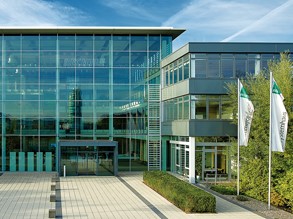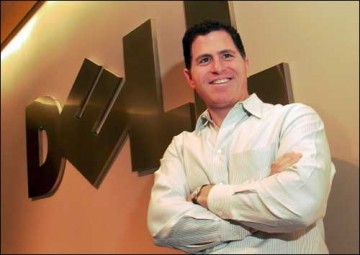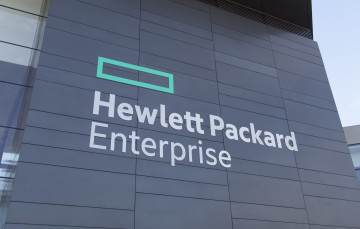 LegalTech is one of the areas of the tech world which is “burgeoning” the British Legal Technology Forum was told.
LegalTech is one of the areas of the tech world which is “burgeoning” the British Legal Technology Forum was told.
Richard Susskind said: “A few years ago, there were around 200 legaltech companies. Now there are more than 2,000.”
This market expansion was being driven by the increased availability of private equity finance for this type of technology, coupled with the growing awareness of legal tech by in-house lawyers, Professor Susskind explained.
The combined effect of these two dynamics was that law firms could no longer pay “lip service” to their use of legaltech, he added.
One firm which has taken a proactive approach to legaltech investment is Mischon de Reya (MDR). The firm’s Managing Partner, Kevin Gold, confirmed that his practice had selected two new legaltech start-ups to join its MDR LAB programme. The identities of the successful candidates – chosen from a total of 120 applicants – would be revealed shortly, he said. The six previous MDR winners have spent ten weeks working alongside the firm’s lawyers, developing and trialling their legaltech products, Mr Gold added.
One legal technology that is currently enjoying a very high level of interest is legal artificial intelligence (AI). Indeed, so keen is the interest in legal AI that Professor Susskind observed that the term was rapidly becoming a verb – that is, “we can AI that”.
Unfortunately, Professor Susskind said, this phrase was often used by individuals “who would struggle to distinguish between a neural network and a custard cream”. People often randomly proposed the application of AI technology in meaningless ways, he added.
The perception that many law firms were not entirely sure how to deploy legal AI solutions was echoed in a presentation given by Katie Atkinson, Head of Computer Science at the University of Liverpool.
She said: “I get a lot of law firms coming to me and saying ‘we need to do something about AI. Can you tell me what to do?’”
Atkinson said that the key question that law firms should instead be asking themselves is: “What problem do you have, that you are trying to solve, that you think AI could help with?”
The answer to this question, she explained, would determine whether it was best for a firm to buy an off-the-shelf legal AI product, build a solution internally, or partner with an academic institution to develop their ideas.
Luminance CEO Emily Foges said that her outfit’s platform had expanded beyond its initial role in assisting with M&A due diligence, and could now be used to identify contracts that may not be GDPR compliant.



















